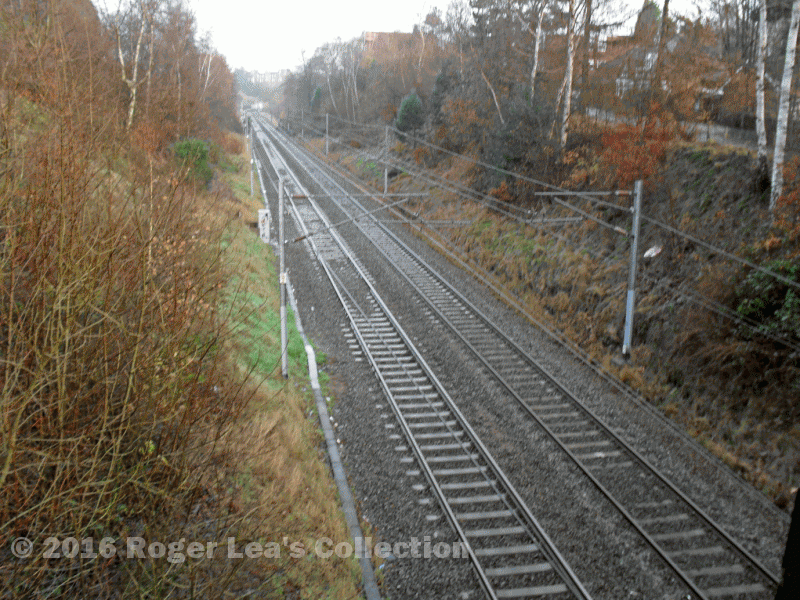Railway mania raged in England in the 1840s, with hundreds of new lines of railway being proposed. Many of the great pioneer railway engineers were called on to survey the country and determine the best routes. One of them, John R. McLean, was appointed as surveyor for the Birmingham Lichfield and Manchester Railway in September 1845, and produced plans for two possible routes between Birmingham and Lichfield one month later. One route branched off the existing Grand Junction Railway at Nechells, running close to the east of Erdington and Sutton, while the other branched off at Witton, then up past Witton Lakes and through Sutton Park via the Longmoor valley. McLean said to the Directors of the railway “I should recommend the Sutton Coldfield line if that town were a place of much importance, but as I understand it has little trade I would advise you to adopt the line through Sutton Park.”
In 1846 the London and North Western Railway Company was formed by the merger of several existing railways. The new company soon took over the Birmingham Lichfield and Manchester. Their surveyor was Joseph Locke the great engineer responsible for most of today’s West Coast main line, and his preferred route to Lichfield followed McLean’s Sutton Coldfield line. There was a recession, and line was not built.
Henry Columbus Hurry was chosen as the surveyor when the Birmingham, Erdington and Sutton Coldfield Railway Company was set up in 1857. He was based in Wolverhampton and had engineered branch lines in Cannock Chase. A rival company chose James Baird Burke as their engineer in chief, and he had also surveyed branch lines, at Redditch and in Wiltshire. Hurry’s 5-mile-long railway route to Sutton lay to the west of the main Lichfield Road, Burke’s to the East. A House of Commons Committee was appointed to decide which line should be approved, and they called another great railway pioneer as an expert witness, John E. Errington - he claimed to be familiar with the Sutton area from twenty years before, when he worked with Joseph Locke on the Grand Junction Railway.
Three of the great railway pioneers, McLean, Locke and Errington, influenced Sutton’s first railway, but the actual line would be the work of one of the two branch line specialists, Burke and Hurry. Henry Columbus Hurry’s line was the one chosen, and his success was complete when he married the Sutton heiress Averilla Smith and retired with her to live in luxury in the south of France.
